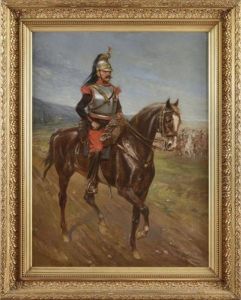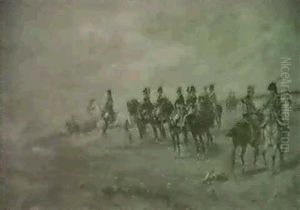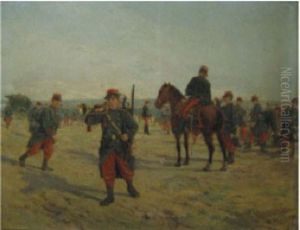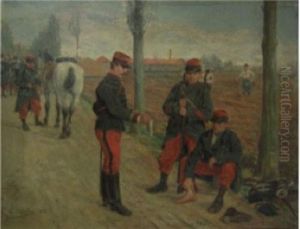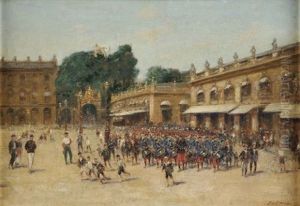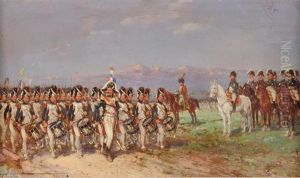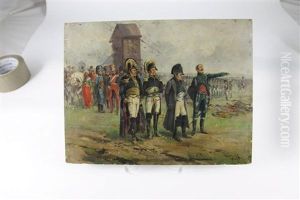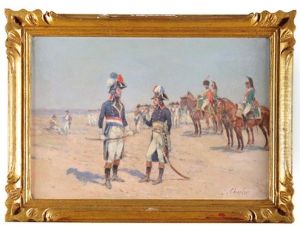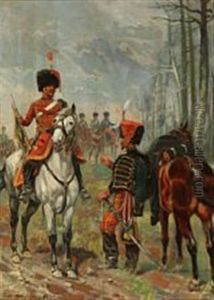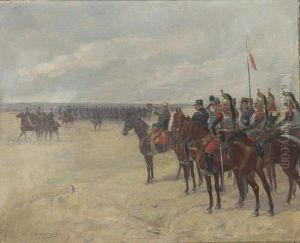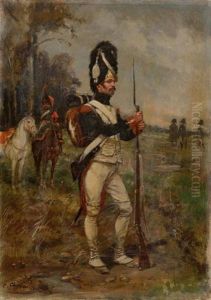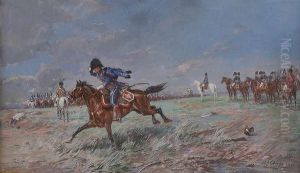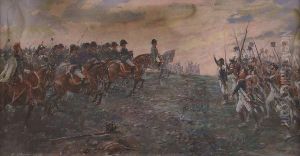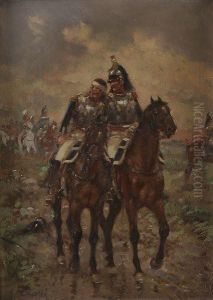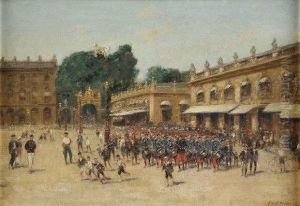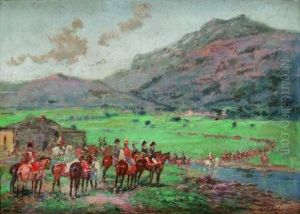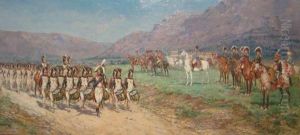Emile Chepfer Paintings
Emile Chepfer was a French artist born in 1887, known for his etchings and illustrations that captured the essence of early 20th-century France. His work, while not as widely recognized as some of his contemporaries, offers a unique window into the cultural and social atmospheres of his time. Chepfer's artistic journey was deeply influenced by the Art Nouveau movement, which was at its peak during his early years. This influence is evident in the fluid lines and organic forms that characterize much of his work.
Throughout his career, Chepfer was primarily celebrated for his skills in etching, a form of printmaking that allowed him to demonstrate his meticulous attention to detail and his passion for capturing the intricacies of both urban and rural landscapes. His illustrations often featured scenes of Parisian life, showcasing the bustling streets, cafes, and the Seine, as well as more tranquil depictions of the French countryside. These works not only highlight Chepfer's technical prowess but also his ability to evoke a sense of nostalgia and romanticism.
Beyond his etchings, Chepfer also contributed illustrations to various publications, lending his artistic talents to the literary world. Through these collaborations, he helped bring stories and poems to life, adding a visual dimension that complemented and enhanced the written word. His illustrations were celebrated for their ability to capture the essence of the narrative, enriching readers' experiences with his distinctive artistic style.
Emile Chepfer's career was, unfortunately, cut short by his untimely death in 1944, during a period of great turmoil in Europe. Despite the challenges of living through two World Wars, Chepfer's work remains a testament to the enduring power of art to capture and convey the human experience. His contributions to the fields of etching and illustration continue to be appreciated by art lovers and collectors, ensuring that his legacy endures beyond his years. Chepfer's art is not only a reflection of his personal vision but also a valuable document of the time in which he lived, offering insights into the cultural life of early 20th-century France.
